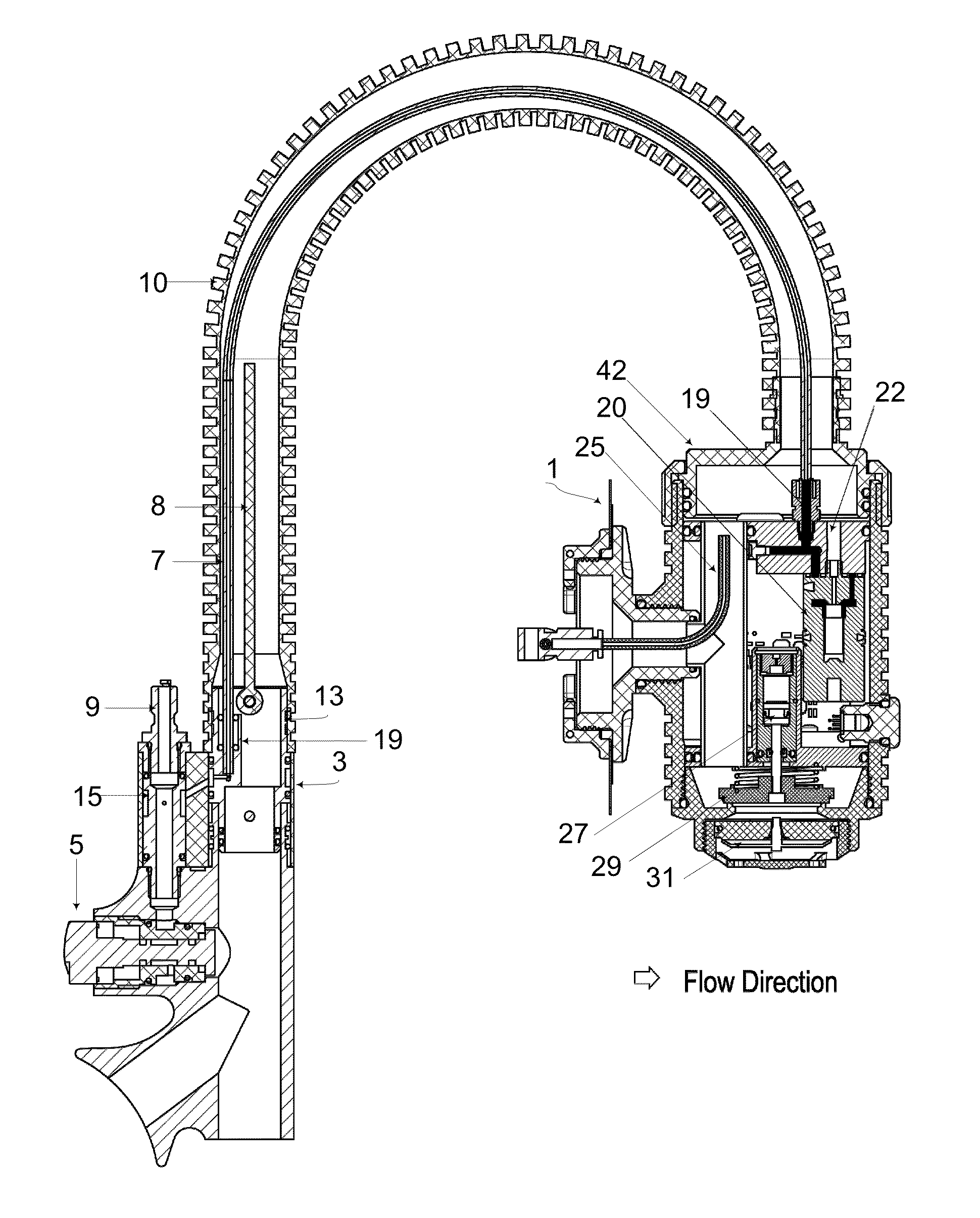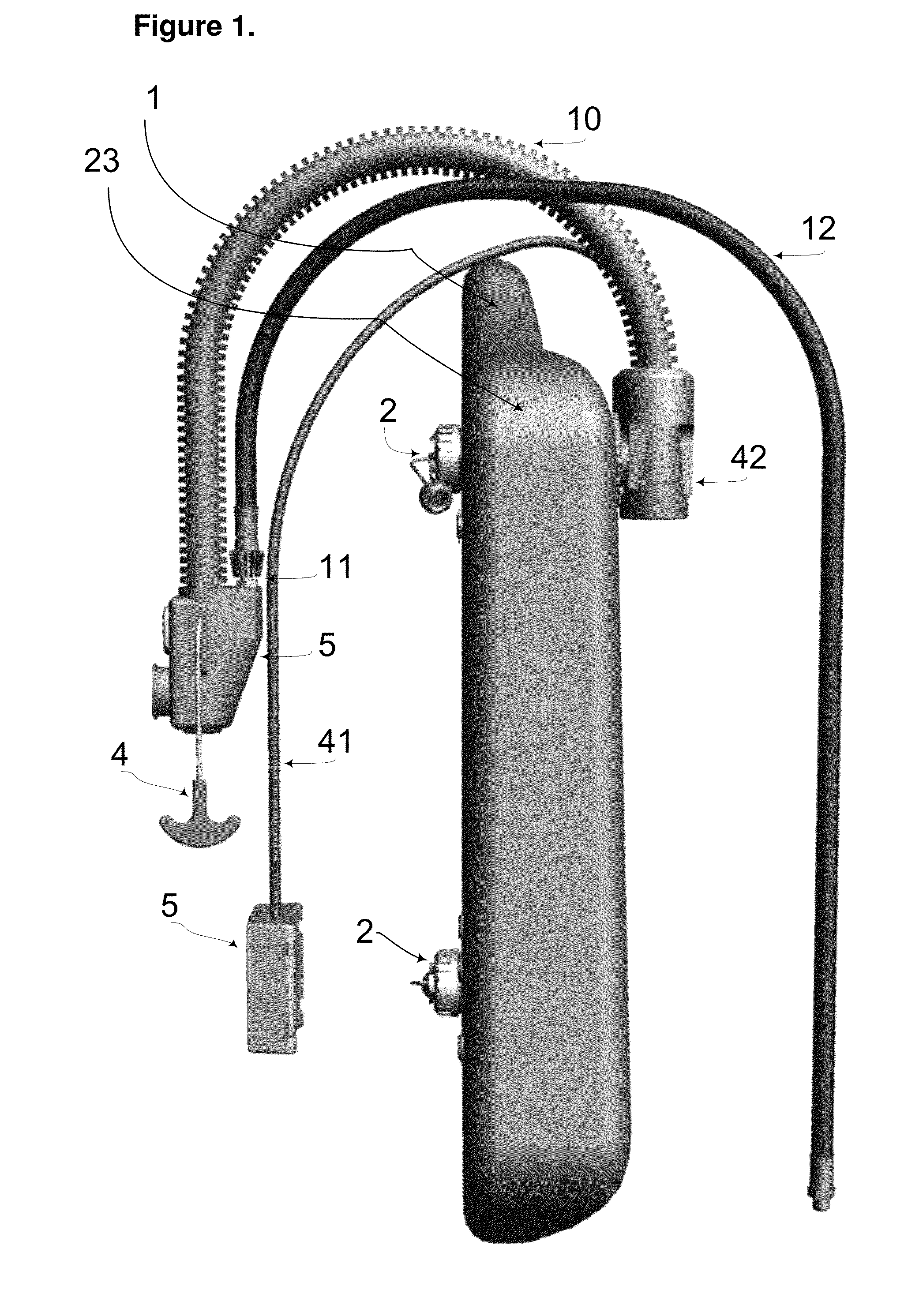Additionally, novice divers are typically over-weighted such that they require a matching positive buoyancy to be able to swim freely
underwater.
However, it generally requires many hundreds or thousands of hours of diving experience to do this level of buoyancy control comfortably, so the majority of divers choose to use a BCD to manage their buoyancy.
It takes tens or hundreds or hours of experience for the diver to use the BCD optimally: without that experience the diver may add too much gas at one time, or fail to add enough.
If the diver loses partial or full control of their buoyancy, the diver may exceed their desired depth profile or accelerate towards the surface in a dangerous manner.
The control of the BCD is complicated by Boyle's Law, which compresses the gas in the BCD during descent and causes the same gas to expand when the
ambient pressure reduces during ascent, resulting in an inherently unstable
positive feedback loop.
Failure to follow a correct depth or decompression profile can result in serious or mortal injuries from barotrauma,
decompression sickness, narcosis, blackout,
oxygen toxicity or drowning.
Many divers find free-swimming buoyancy control so difficult, that they prefer to ascend or descend on a fixed line: an anchor chain, shot line or
buoy rope.
Serious problems often arise in the event the diver fails to find the line or the line becomes adrift.
Moreover none of the prior art address the fundamental safety problems of what happens when a valve or controller fails.
The result is, that even if the devices proposed could actually work, they would reduce diver safety rather than enhance it, by introducing many new failure
modes which are not fail-safe.
The Safe Failure Fraction of the proposals to date is close to zero (inherently dangerous), whereas for a commercial product to be viable it should be close to one (inherently
fail safe).
These devices are impractical for a free-swimming diver.
No automatic buoyancy device for free-swimming divers is available currently despite very many attempts to create such a device, spanning decades.
However, the inventions needed to implement these desirable features have hitherto failed to overcome the basic physical problems and as a consequence have been unable to be realised successfully.
The problems in this application are much more difficult problems than simply returning a diver or mine to the surface at a controlled rate.
A prototype of the proposed
system did not work due to a combination of problems: the resolution available from the pressure sensors is insufficient for such a simple
control system to work in practice and experiments were curtailed due to water ingress problems.
The device as proposed created a series of fundamental safety problems for the diver including uncontrolled ascents.
The relief of gas once a maximum volume is reached is quite different to the problem of determining the volume of a bladder in its
normal range: the prior art fails to propose a viable solution to this critical problem which is the basis of most attempts to provide a free-swimming automatic buoyancy control device.
GB24499495A describes a device that is a subset of the pre-existing and commercially available mine and incapacitated diver
recovery systems, but GB24499495A and others such as US20021277062A and US201083373A, fail to include any workable means to regulate the diver's ascent rate of a normal diver's bladder, so once gas is injected into the bladder and an ascent initiated, the device would likely injure or kill the diver by an uncontrolled ascent as the gas in the bladder expands with reducing
ambient pressure and further accelerates the diver toward the surface.
There are many patents of this type, where the concept has neither been reduced to practice nor modelled mathematically, and as a consequence the inherent flaws or impossibility of the proposal have escaped the attention of the proposer.
One problem with the use of multiple vent valves is the power required by some of the proposals.
When several electrical solenoids are activated simultaneously, the combined
power consumption would be 45 W: such power is not available without large batteries such as those used for underwater lighting.
It is certainly not available in a small
dive computer as some of the proposals suggest.
The problem that needs to be overcome by a practical automatic BCD is that of determining how much gas to add or vent from the bladder, which equates to the problem of how long to open an
injector valve or vent valve.
There are no depth detection and CPU calculations in that
patent application and there is no known means to provide the features described with even
current technology using the structures described in that patent.
No depth sensor, or even Analogue to
Digital Converter (ADC) suitable for use on a portable piece of dive equipment, has ever come close to this resolution.
There is no solution to the fundamental problem of the
positive feedback loop that the process it describes of adding gas and then monitoring depth.
The device described in WO 9,937,534 has many other problems, including it is inherently unsafe in that it describes valves where the malfunction would result in a total loss of buoyancy control and no means to switch them off.
This is not reducible to practice due to the same fundamental theoretical problems of WO 9,937,534, and has other problems such as having only one vent valve so if the diver is in some orientations it would fill the bladder without any means to vent the gas, resulting in the diver shooting to the surface.
A simple bang-bang controlled that injects gas if the descent rate is too high, or releases gas if too low, is not able to control the diver's depth accurately without an unreasonable precision from the sensors.
The concept of measuring volume by measuring the flows does not work in practice, because any error between an input and output flow sensor accumulates in the integration process that is essential to estimate volume, and then subtracting the two integrals results in such substantial errors as to make the implementation impossible.
In a typical BCD with 20 litres maximum volume, a 1% error in the integration differentials would amount to an error of 200 ml even the first time the gas is injected, and then this error would increase linearly every time gas is injected or vented.
An error in buoyancy of 200 ml is more than enough to send the diver to the surface or sink the diver, let alone the error of litres that accumulate in the integration process with flow sensors.
Each of the three or more vent flow valves would have to be flow metered and the sum of the errors further compound the difficulties in implementing such a
system.
Moreover, the act of reducing pressure of a gas in an
injector also changes its temperature.
There is also no solution to the problem that changes in ambient pressure will also cause the volume in the bladder to change, dramatically.
It is possible in principle to measure the
bladder volume by developing sensors that detect the strain on a bladder, but the gas in a bladder moves around depending on diver orientation, and the diving cylinders and other apparatus
restrict the volume of bladder in an uneven manner, and press on the bladder, so this too does not work in practice.
Mathematical modelling of the metering
system proposed in that patent reveals that the ADC resolution required is 28 bits or more: again this is not feasible using
current technology.
There are other aspects of this patent that are of a concept nature, but are not capable of reduction to practice without some other undisclosed invention.
There is no ADC anywhere close to this performance level available as a part suitable for integration into a portable dive system, neither is the means to create such a part disclosed: a critical problem preventing the use of
pressure data directly.
However, to initiate a particular rate of ascent is a complex process as will be apparent from the present
patent application.
A particular rate of ascent certainly cannot be achieved just by monitoring the input and output gas from a bladder, as the bladder expands during ascent, or deflates during descent due to the action of Boyle's law, as well as due to temperature effects.
In most of the prior-art if the diver is head downwards, then the gas in the bladder would not be released, because the gas would be above the vent valve and gas does not flow from a low pressure to a
high pressure region on its own: again the result would be an uncontrolled ascent to the surface.
This is not practical for an automatic BCD because for each bladder, to vent gas in any diver orientation would require at (east 3 vents such that one vent is always above the gas
centroid.
Also the moment imposed on the diver by moving the gas
centroid of the bladder within the region of the bladders results in insufficient acceleration on the diver to change attitude at any useful rate.
Other patents, including WO 05002674A, U.S. Pat. No. 6,203,246B, US2010003083, also describe BCDs with multiple bladders, but in the current context of an automatic buoyancy control dive, the change in attitude by use of multiple bladders has such a low rate of acceleration as not to be useful.
WO9937534, US2003031515 and several others go to the effort to apply for patents of this feature even though they are in the pre-existing prior art, however there is no disclosure in any of the prior art, or in any these patents, of how an automatic buoyancy controller can work given this input and the problems outlined above.
There is a significant amount of other prior-art, which suffers from one or More of the problems outlined above.
 Login to View More
Login to View More  Login to View More
Login to View More 


